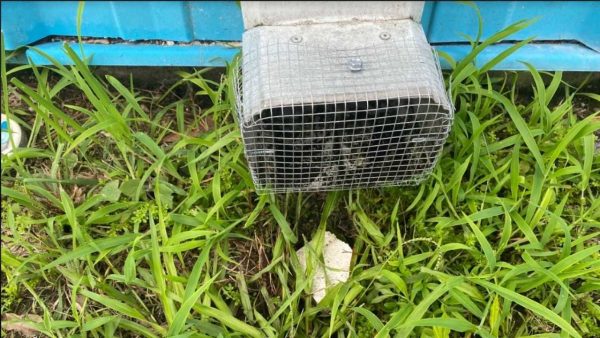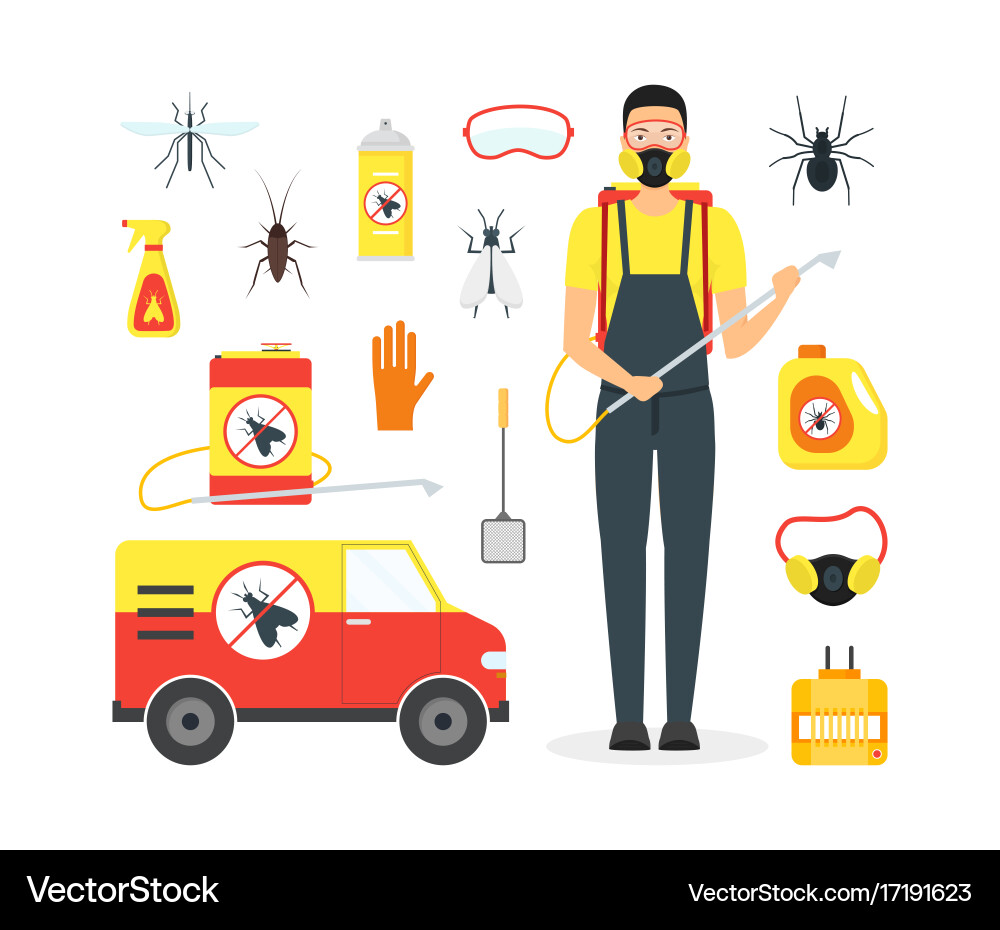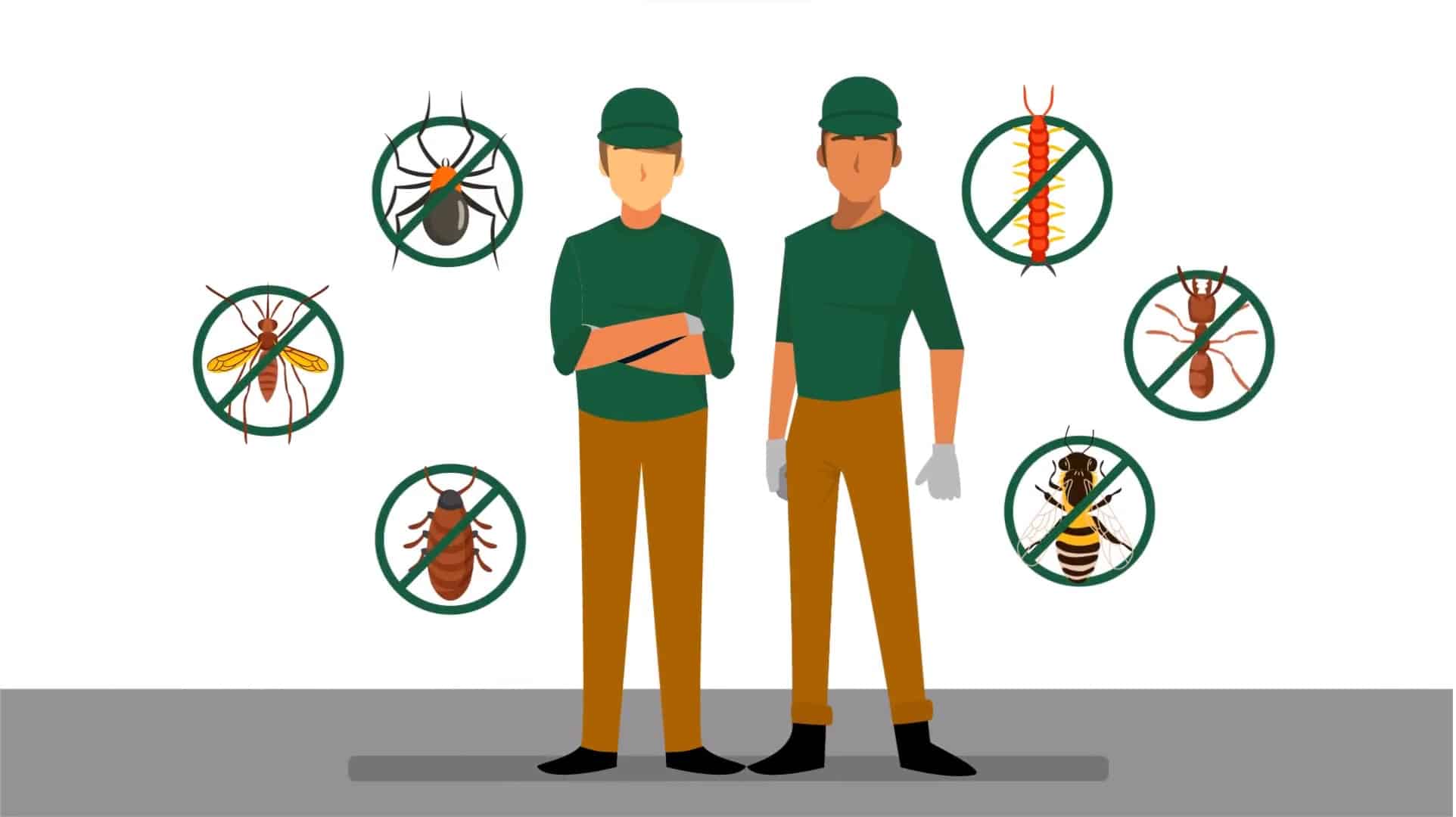Comprehensive Overview to Comprehending Bug Control Methods and Their Therapy
Recognizing insect control approaches is important for reliable management of undesirable organisms that present risks to wellness, farming, and residential or commercial property. This extensive overview will certainly check out numerous methods, including chemical services, organic methods, and mechanical approaches, all under the umbrella of Integrated Parasite Monitoring (IPM) As we analyze these approaches, it ends up being increasingly clear that the choice of strategy can significantly influence both human rate of interests and environmental equilibrium. What aspects should be thought about when choosing the proper parasite control technique for a specific circumstance? The solution may result in even more sustainable methods than one could initially think.
Summary of Bug Control Approaches
Bug control approaches encompass a variety of strategies developed to handle and eliminate undesirable microorganisms that can harm human wellness, agriculture, and property. Effective bug administration is critical for preserving the integrity of communities and guaranteeing the safety of food materials. These techniques can be broadly classified into 3 main methods: social, mechanical, and biological controls.

Cultural control entails customizing farming techniques or ecological conditions to lower pest establishment and reproduction. This approach includes crop turning, sanitation, and picking pest-resistant plant varieties. Mechanical control counts on physical barriers or devices to avoid pest access or straight eliminate them. Instances consist of traps, nets, and hand-picking unsafe insects.
Organic control uses natural killers, bloodsuckers, or microorganisms to control pest populations. This technique stresses environmental equilibrium and can include introducing advantageous bugs, such as ladybugs or aggressive nematodes, to take care of bug presence.
Integrated bug monitoring (IPM) incorporates these techniques, utilizing a holistic method that stresses prevention, tracking, and liable administration. By employing a blend of these approaches, pest control can be much more sustainable and effective, decreasing reliance on chemical interventions while guarding human health and wellness and the atmosphere.

Chemical Bug Control Solutions
A selection of chemical parasite control remedies are offered, providing effective alternatives for managing parasite populations when other approaches may fail. These remedies largely include pesticides, herbicides, fungicides, and rodenticides, each developed to target specific pests while minimizing injury to non-target microorganisms.
Pesticides are especially reliable versus an array of insects, consisting of ants, cockroaches, and termites, and can be categorized as call or systemic agents. Contact pesticides kill insects on get in touch with, while systemic insecticides are taken in by plants, making them harmful to insects that eat them. Herbicides are utilized to regulate unwanted plant life, whereas fungicides are necessary for handling fungal diseases that can damage plants and ornamental plants.
In addition, integrated parasite management (IPM) concepts should be utilized, incorporating chemical options with cultural, mechanical, and biological approaches for sustainable pest control. This holistic strategy not just improves pest administration performance but additionally reduces prospective ecological effects linked with chemical use.
Organic Bug Control Techniques
Biological parasite control methods provide an eco-friendly choice to chemical techniques by using all-natural killers, bloodsuckers, or microorganisms to take care of bug populations. This strategy leverages the eco-friendly relationships in between organisms, promoting a balanced ecosystem while decreasing chemical deposit in the environment.
One of the most typical organic control approaches entails the intro of natural enemies. Ladybugs are employed to control aphid populaces, while parasitical wasps can target caterpillars and other parasites. These natural predators properly lower pest numbers without damaging valuable pests.
Furthermore, microbial representatives such as germs, fungis, and infections are utilized to contaminate and eliminate particular parasites. Bacillus thuringiensis (Bt), a naturally occurring microorganism, is extensively utilized to manage caterpillars and various other larvae, showcasing the efficiency of microbial insect control.

Physical and Mechanical Techniques
Often employed in incorporated bug administration methods, physical and mechanical techniques act as efficient devices for controlling parasite populations without making use of chemicals. These strategies count on physical obstacles, traps, and other mechanical devices to avoid or eliminate bugs, making them eco-friendly choices.
Physical techniques include using barriers such as insect netting, screens, or row covers that physically block bugs from accessing plants. This is especially helpful in farming settings where crop defense is essential. Additionally, environment control, such as eliminating debris and standing water, can reduce bug breeding sites, consequently lessening invasions.
Mechanical approaches incorporate catches, which can be made to catch specific bugs. Sticky catches and pheromone catches are common instances that lure and preserve bugs, facilitating tracking and control. Vacuuming is an additional mechanical approach, efficient for eliminating bugs from indoor settings, particularly in cases of problems.
Preventative Bug Management Techniques
Effective preventative parasite administration techniques are essential for preserving healthy and balanced atmospheres and minimizing pest-related problems prior to they occur (Pest Control in Port Charlotte, FL). These approaches focus on positive measures that minimize the likelihood of insect invasions by resolving the source

One more vital technique entails correct landscaping methods (Pest Control in Port Charlotte, FL). Keeping greenery cut and far from buildings can decrease harborage areas for pests. Likewise, applying incorporated bug management (IPM) strategies that consist of keeping track of pest populations and employing biological controls can promote a well balanced environment my site that normally suppresses pest numbers.
Education and training for staff and locals on recognizing early indicators of bug task are additionally essential elements of an efficient preventative program. By fostering a setting of recognition and watchfulness, companies and homeowners can significantly improve their insect administration efforts and safeguard their areas against future you could try this out invasions.
Final Thought
Utilizing an Integrated Bug Administration (IPM) framework permits for the lasting management of bugs while lessening eco-friendly influence. Inevitably, a thorough understanding of these diverse insect control strategies is crucial for attaining successful results in parasite management initiatives.